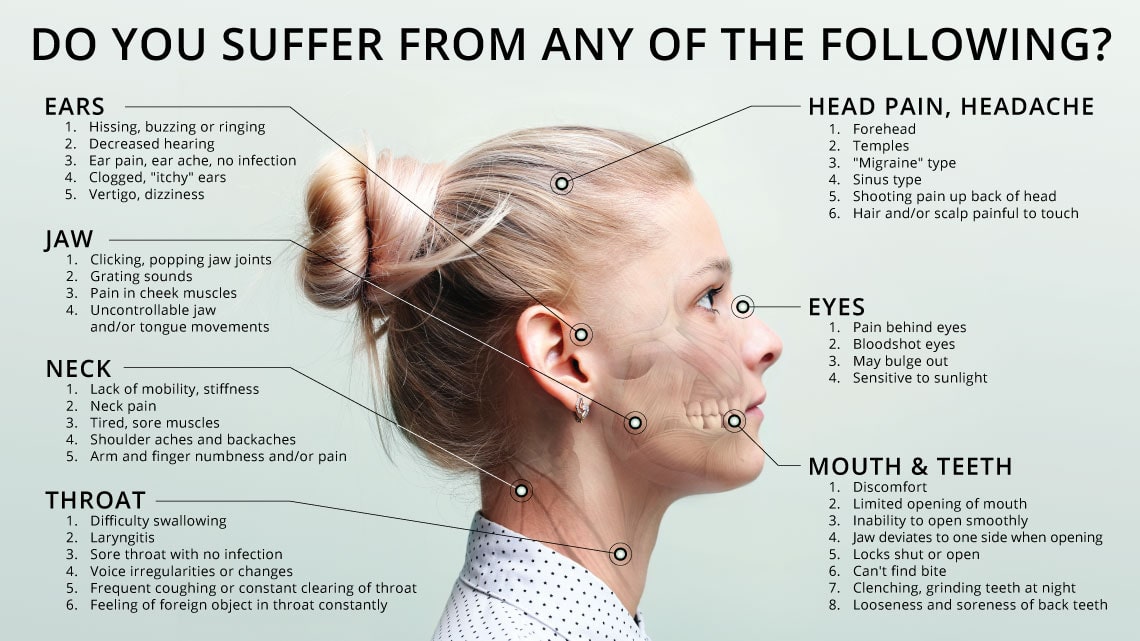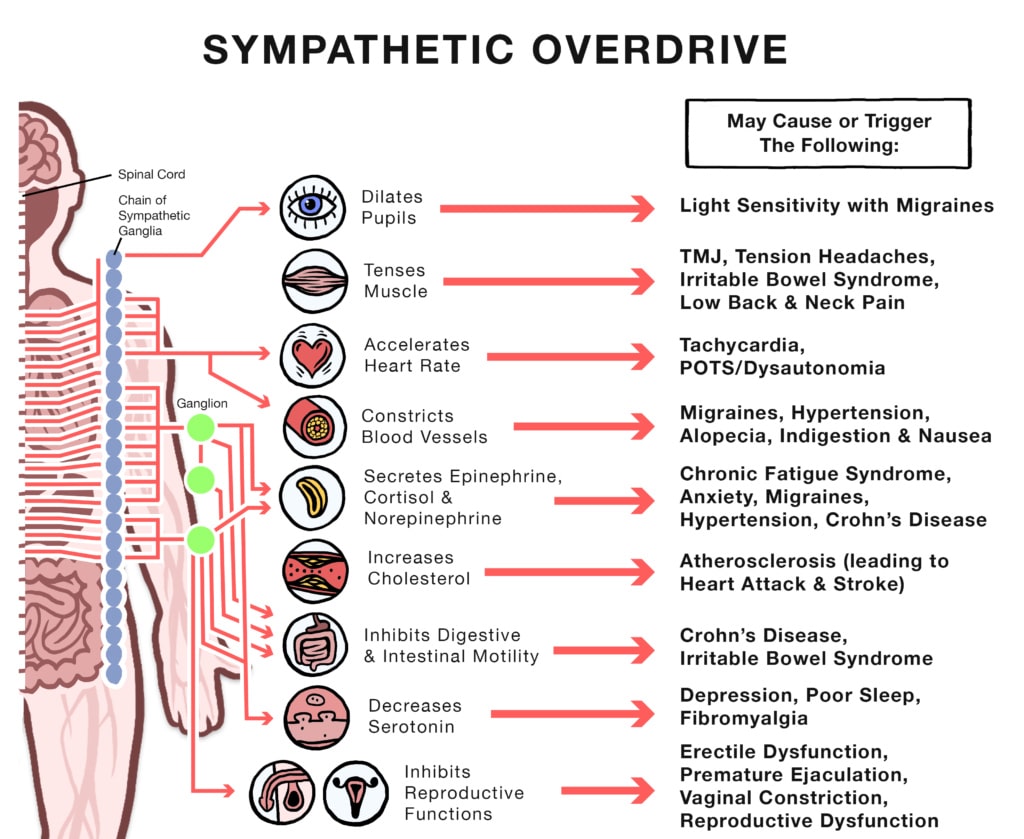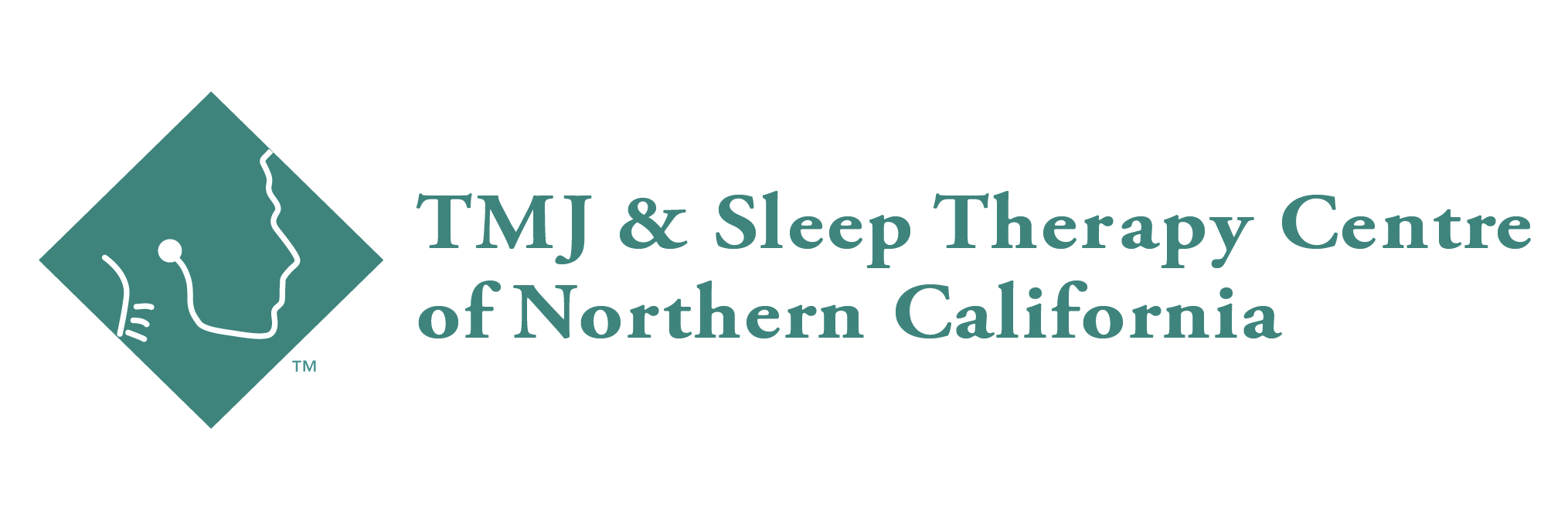Technology In The Practice
Joint Vibration Analysis (JVA)
Healthy joint surfaces glide almost silently; rough, deteriorated ones create friction that produces measurable vibrations. The JVA system places ultra-sensitive, four-dimensional sensors over the joints to record those vibrations, convert them to digital signals, and display the patterns in BioPAK™ software. Because specific vibration signatures correlate with stages on the Piper scale of TMJ disorders, this objective data helps us diagnose more precisely than clinics that rely on observation alone.
MLS Laser
The MLS Therapy Laser addresses TMJ-related craniofacial pain, inflammation, and muscle tension by delivering two synchronized laser wavelengths deep into tissue. At the cellular (mitochondrial) level this dual-wave energy curbs inflammation, accelerates healing, and stimulates new cell growth—often shortening overall treatment time and reducing the need for medication. Its speed and effectiveness have earned it a reputation as the “Ferrari” of therapeutic lasers.
NR6 Rhinomanometer
Rhinomanometry measures airflow through each nasal passage and presents a real-time graph indicating whether breathing is normal, mildly, moderately, or severely obstructed. It is invaluable for assessing nasal function before and after ENT surgery and for gauging the effectiveness of nasal sprays or other treatments.
CBCT
A single cone-shaped X-ray sweep produces a detailed 3-D image of the head and neck while emitting only a fraction of the radiation of a conventional medical CT. CBCT allows us to assess the temporomandibular joints, airway, and surrounding structures, revealing nasal blockages or bony changes with minimal exposure.
DEKA Laser
The DEKA SmartXide Ultraspeed² CO₂ laser is a versatile tool used in TMJ and sleep therapy to reduce inflammation, relieve muscle tension, and improve airway function. Its precise, non-invasive energy promotes healing in TMJ disorders and gently tightens soft tissues in the throat to reduce snoring and mild sleep apnea. With customizable settings and minimal downtime, it offers a safe, effective option for outpatient care.
Take the First Step Toward Better Sleep and Health
Get In Touch With Our Office
Get in Touch
info@tmjsleepnorcal.com
Phone
Address
211 Laurel Lane,
Chester, CA 96020


